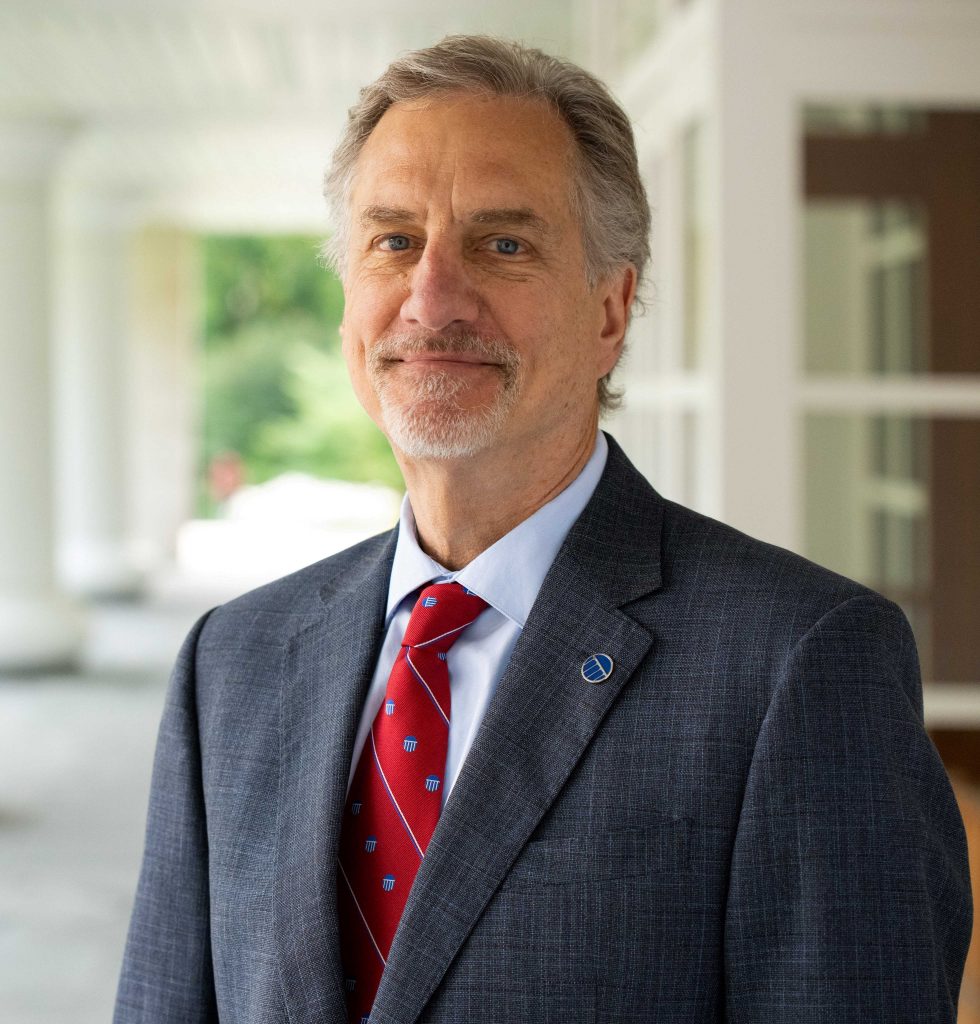Registration closed. A recording may be posted here later, with speaker permission.
The EBNet Working Group on Bioelectrochemical Development for Environmental Technology is pleased to announce a talk by Prof Bruce Logan, Penn State College of Engineering on 22 April 2024 at 2-3 pm UK time, 22 Apr 24. If you have an interest in how bioelectrochemical systems can be utilised within this sector, this webinar is not to be missed.
Title: “Zero-gap architecture innovations to maximize current densities in microbial electrochemical technologies for electricity or biogas production.”
All three domains of life have microorganisms that can produce electricity, and certain microorganisms can produce very high current densities. However, efficiently harnessing this ability of microorganisms on the anode (bioanode) to produce an electrical current (or to accept electrons) requires careful consideration of the reactor architecture, specifically the placement of the electrodes and whether an ion exchange membrane (and what type) is used in the system. In this presentation I will describe how power production in microbial fuel cells (MFCs) using organic matter has greatly increased in the past few years due to the use of a new zero-gap architecture that uses an anion exchange membrane (AEM) with a gas cathode chamber. Similarly, waste organic matter can be used for H2 generation in microbial electrolysis cells (MECs) by avoiding oxygen at the cathode and slightly adding power to the system. The newest microbial electrochemical technologies are being used for “power to gas”, or conversion of renewable electricity to methane. In these technologies with biocathodes, a cation exchange membrane (CEM) must be used to properly balance charge and avoid alkaline cathode conditions. To properly quantify performance the electrode potential slope (EPS) method should be used to determine factors that limit cell performance. Taken together, these microbial systems provide a foundation for bioelectrochemical production of useful energy products.

Dr. Bruce E. Logan is Director of the Institute of Energy and the Environment, an Evan Pugh University Professor in Engineering, and the Stan and Flora Kappe Professor of Environmental Engineering in the Department of Civil and Environmental Engineering at Penn State University. His current research efforts are in bioelectrochemical systems, renewable energy production, the development of an energy sustainable water infrastructure, and education on energy, carbon emissions, and climate. Dr. Logan has mentored over 140 graduate students and post docs and hosted over 40 international visitors to his laboratory. He is the author or co-author of several books and over 550 refereed publications (>115,000 citations, h-index=165; Google scholar). Logan is a member of the US National Academy of Engineering (NAE), an international member of the Chinese Academy of Engineering (CAE), and a fellow of the American Association for the Advancement of Science (AAAS), the International Water Association (IWA), and the Water Environment Federation (WEF). Logan is a guest professor at several universities including Tsinghua University and Harbin Institute of Technology (HIT) and others in China, with ties to several other universities in Saudi Arabia, the UK, and Belgium. He received his Ph.D. in 1986 from the University of California, Berkeley and was on the faculty of the University of Arizona before joining Penn State in 1997.


